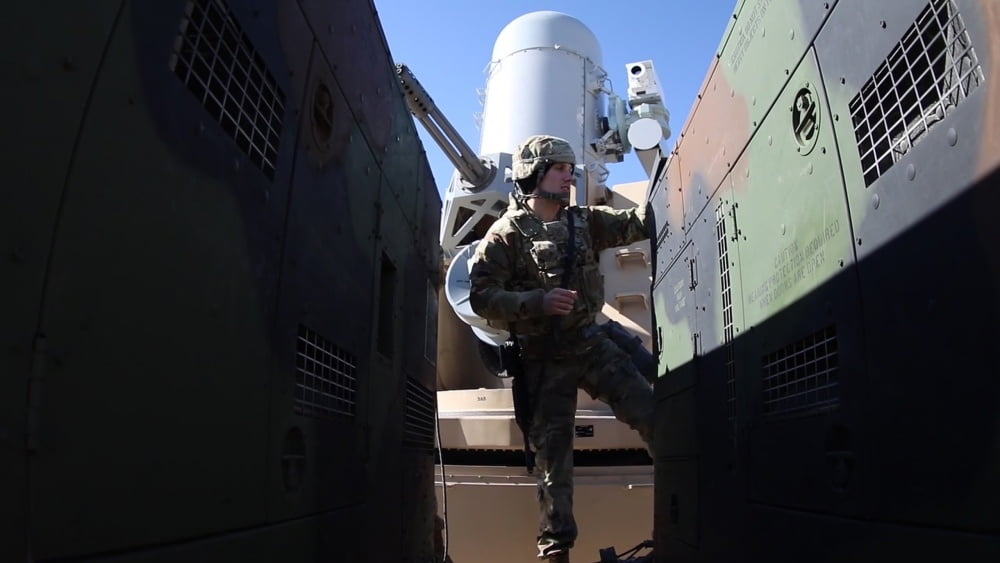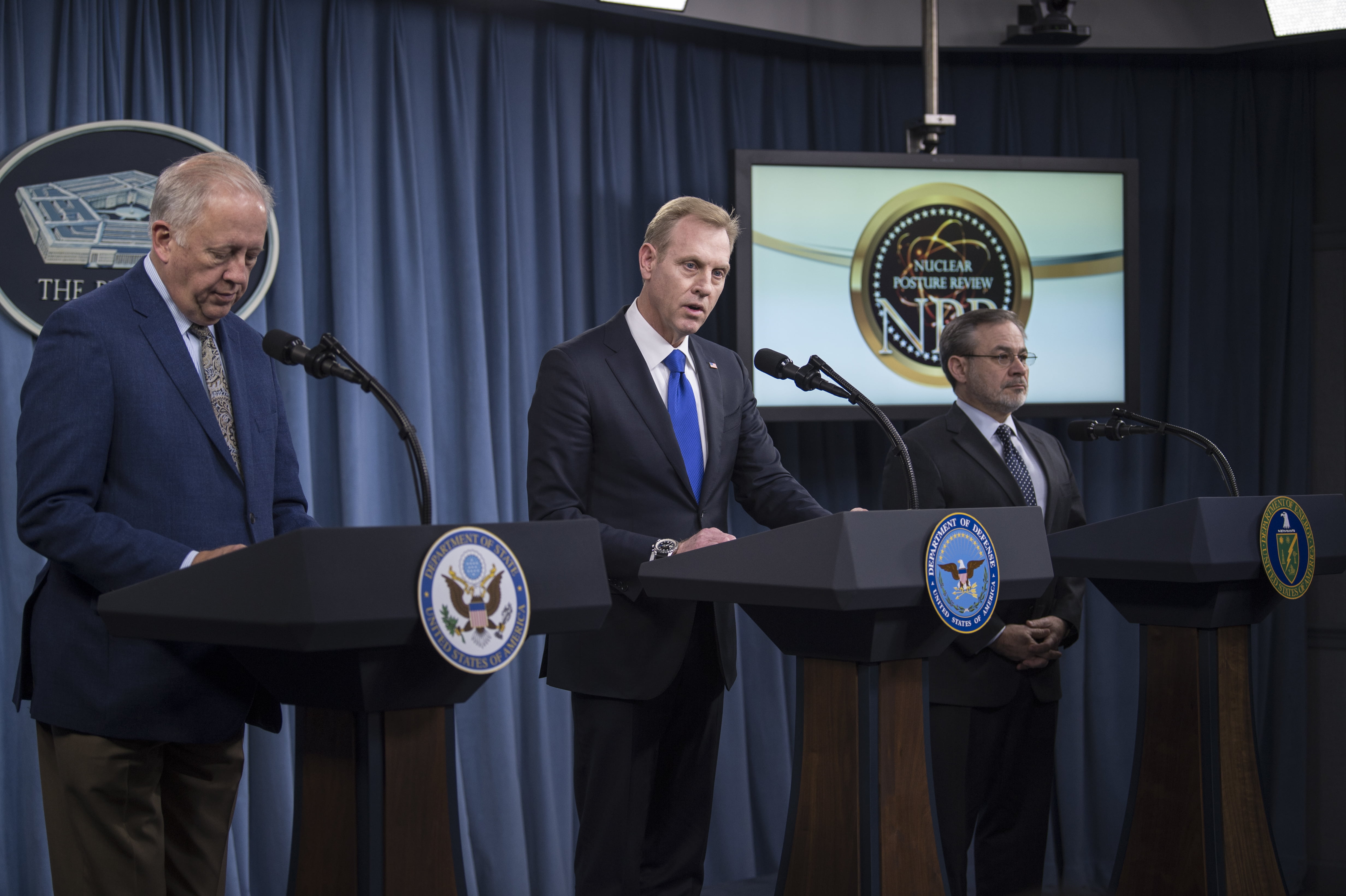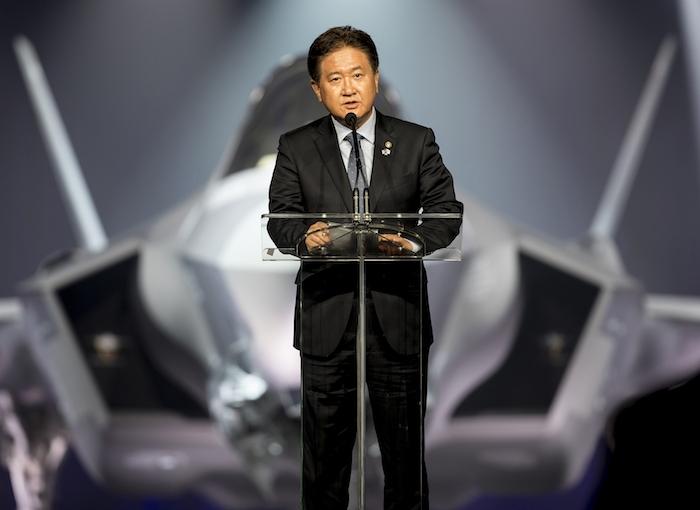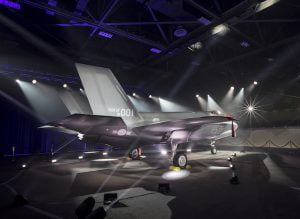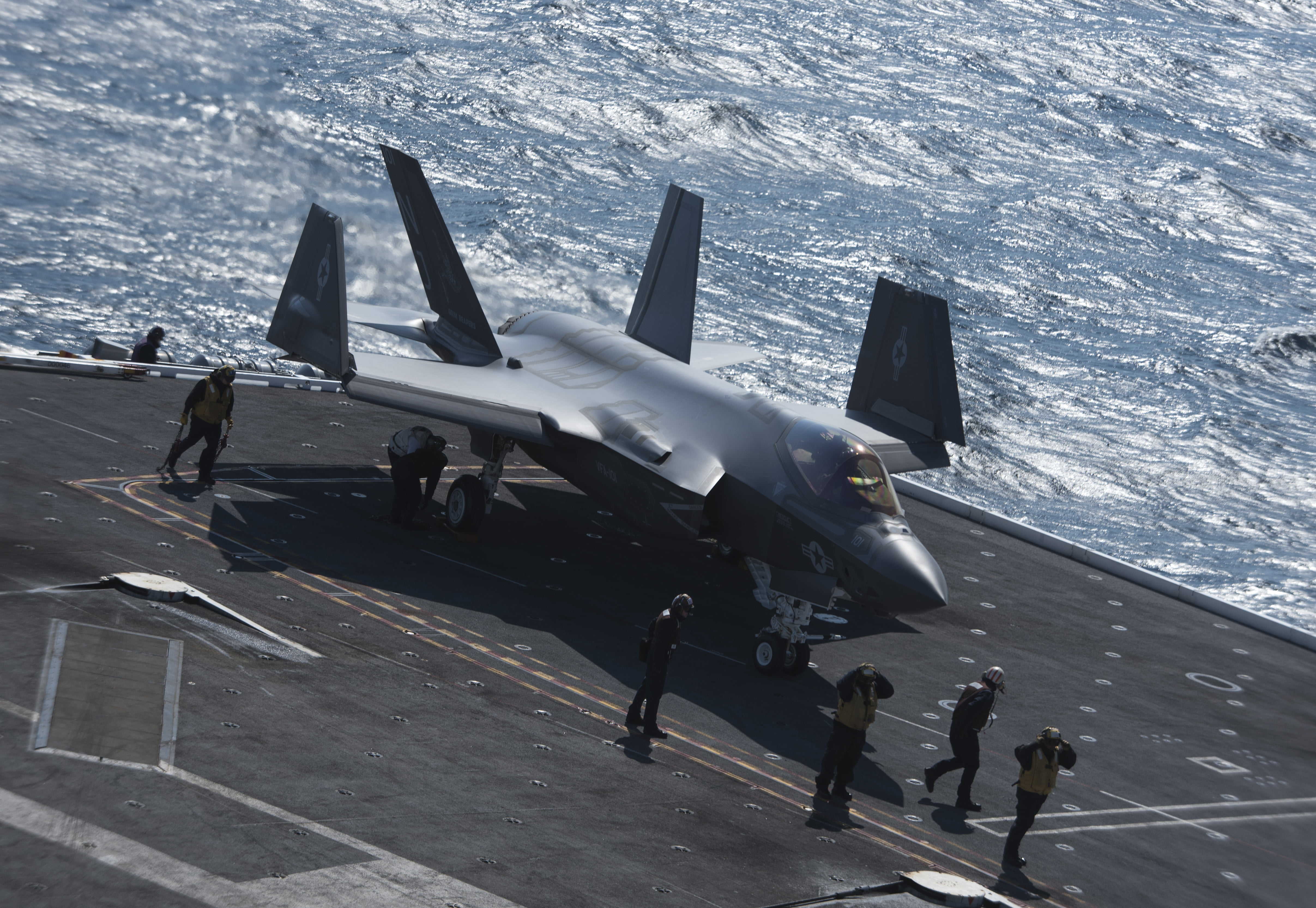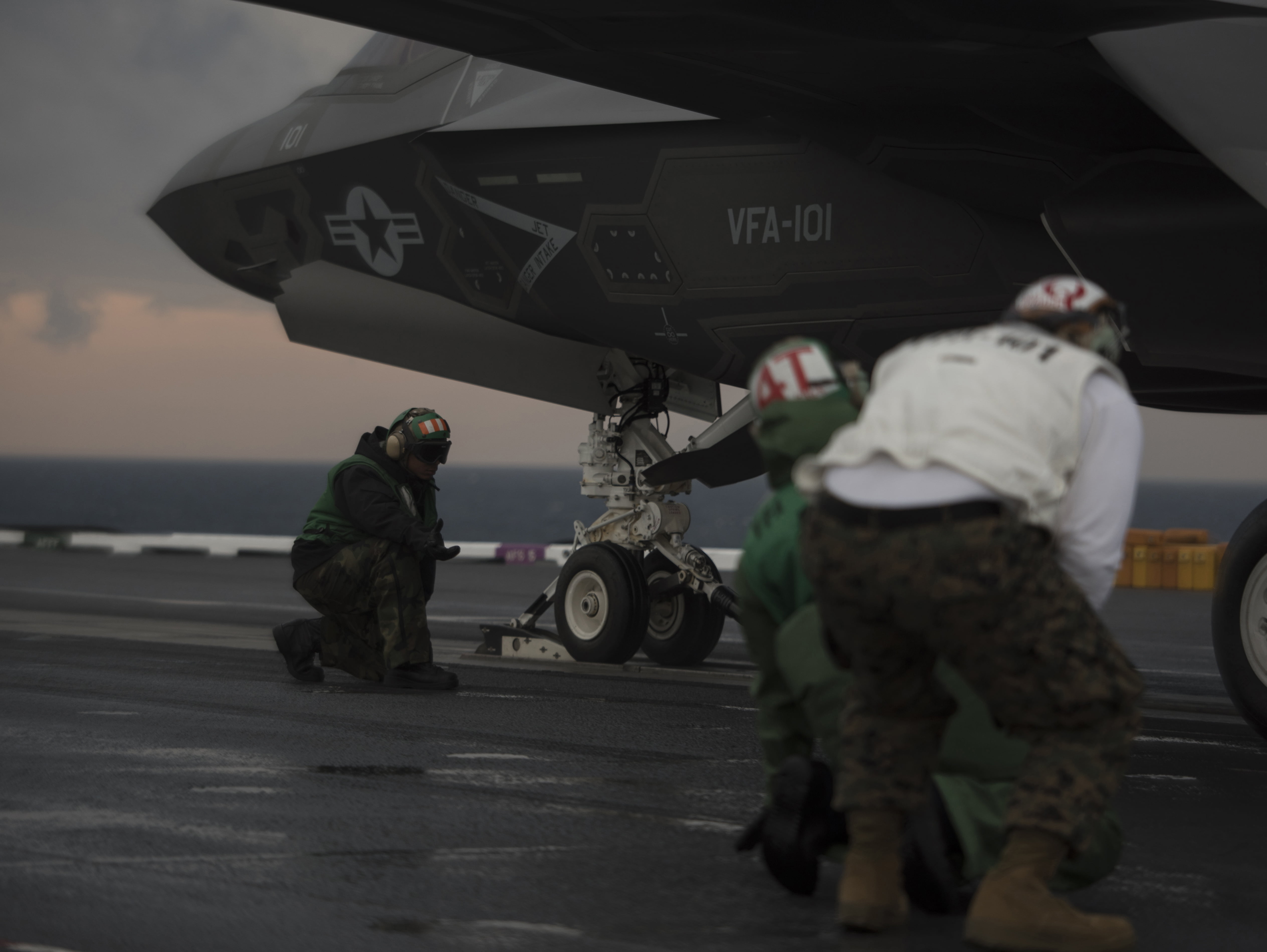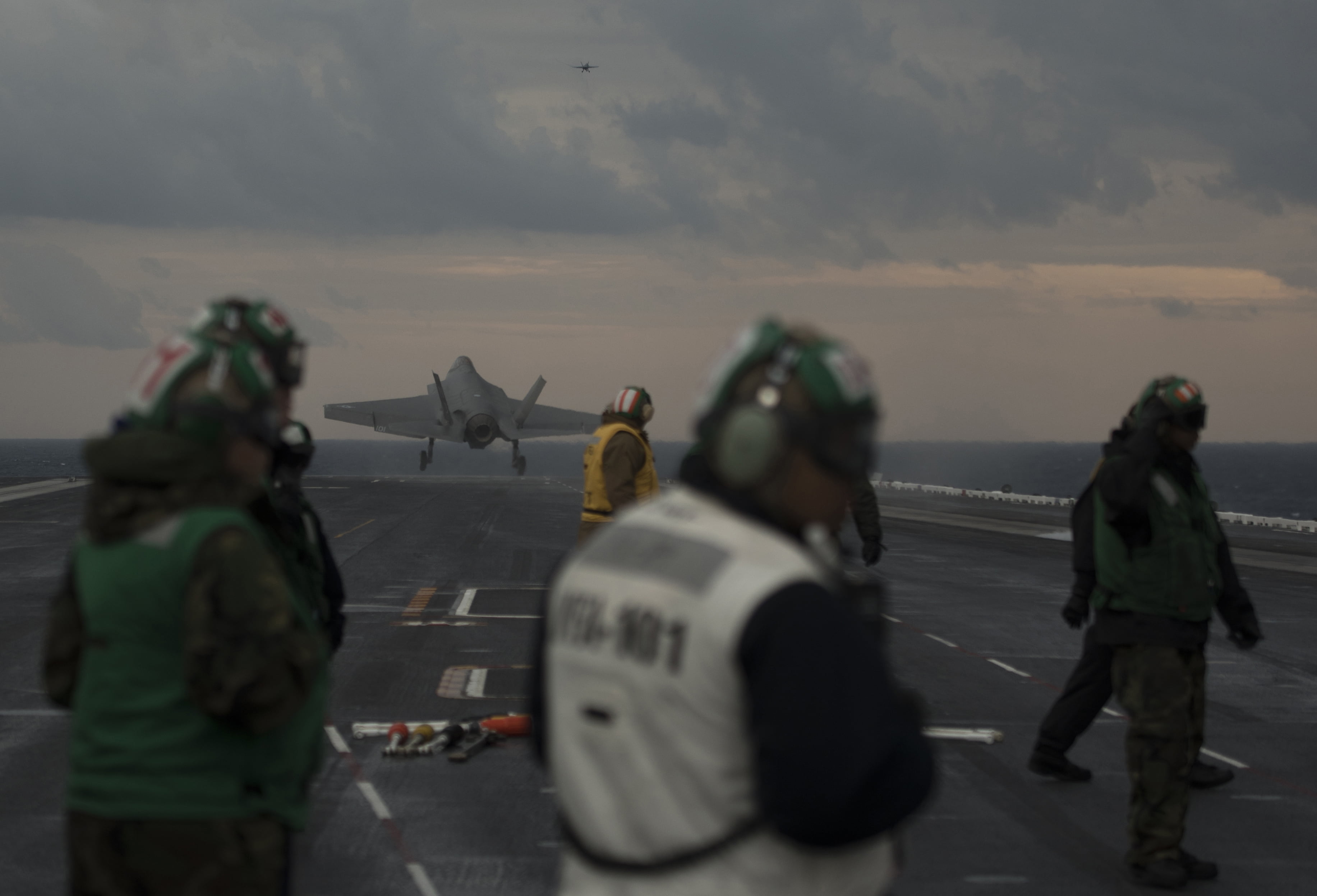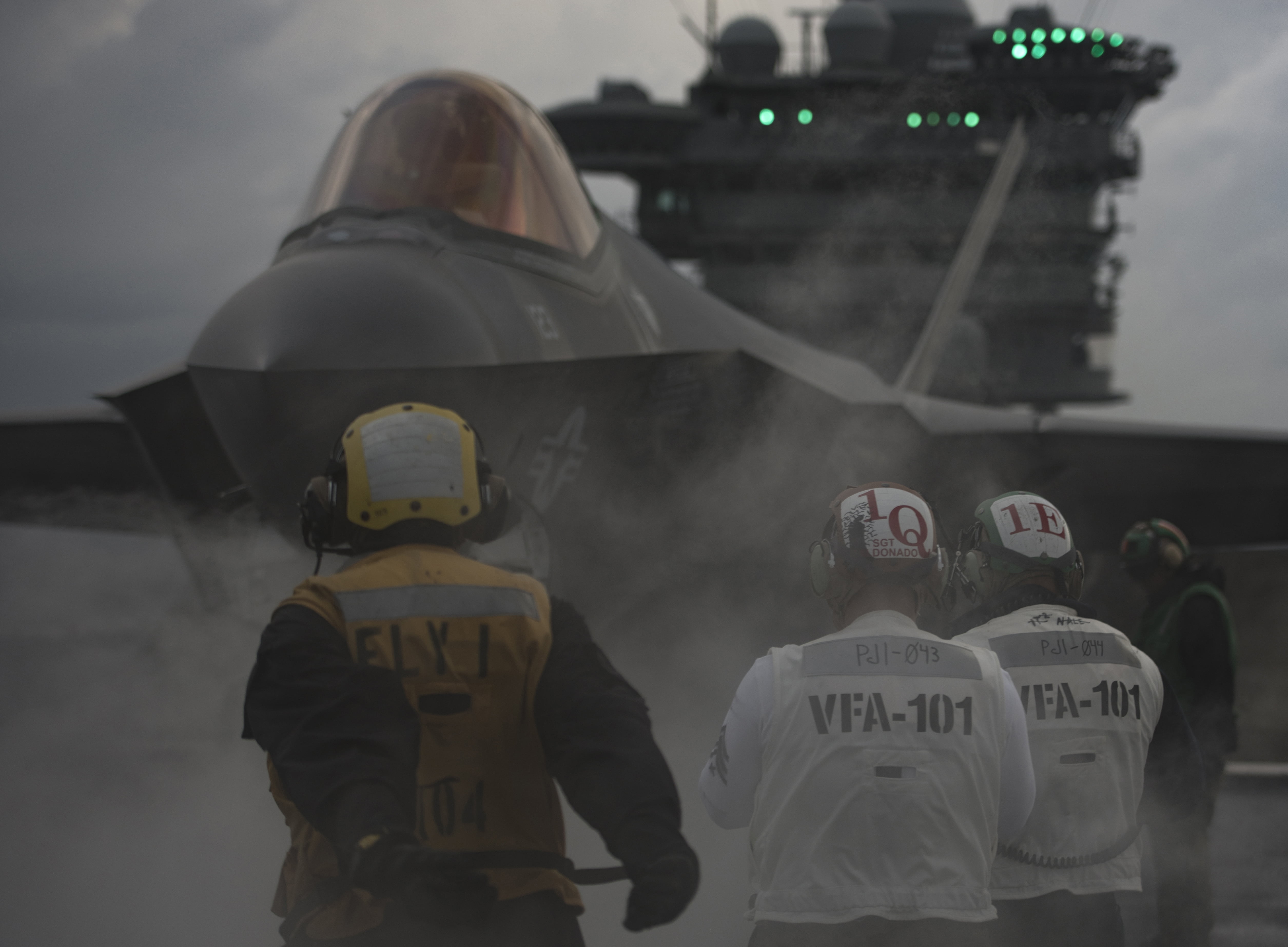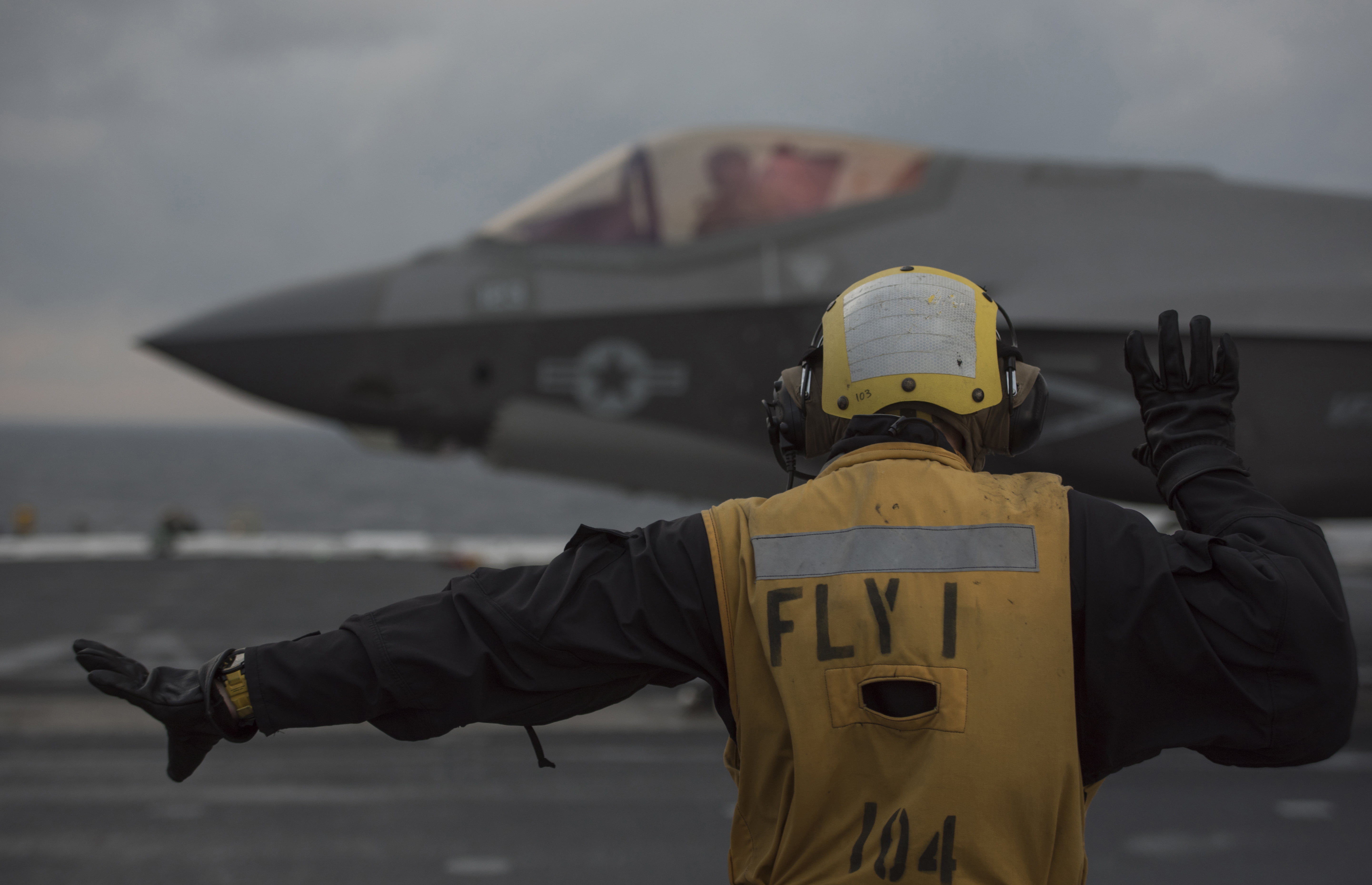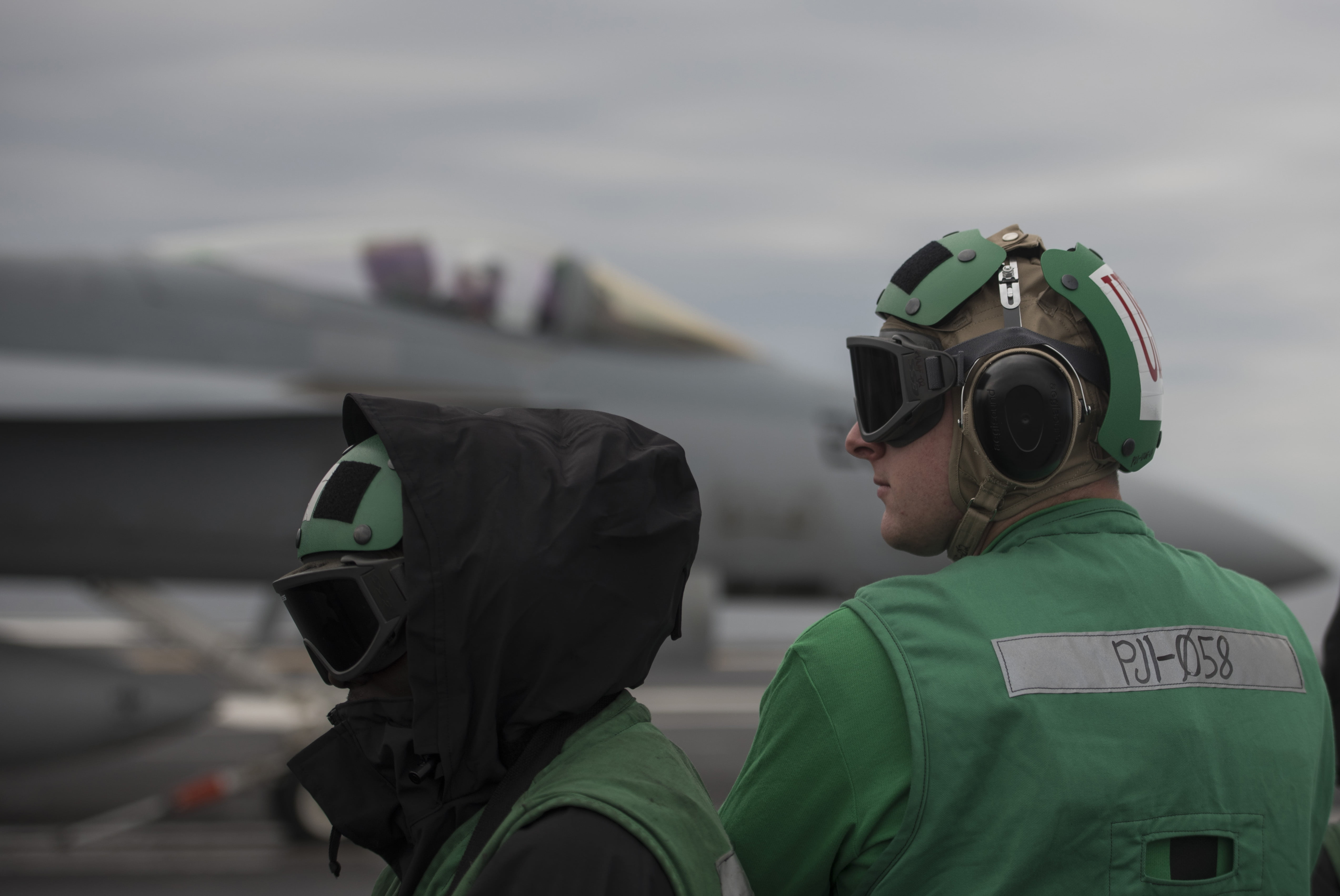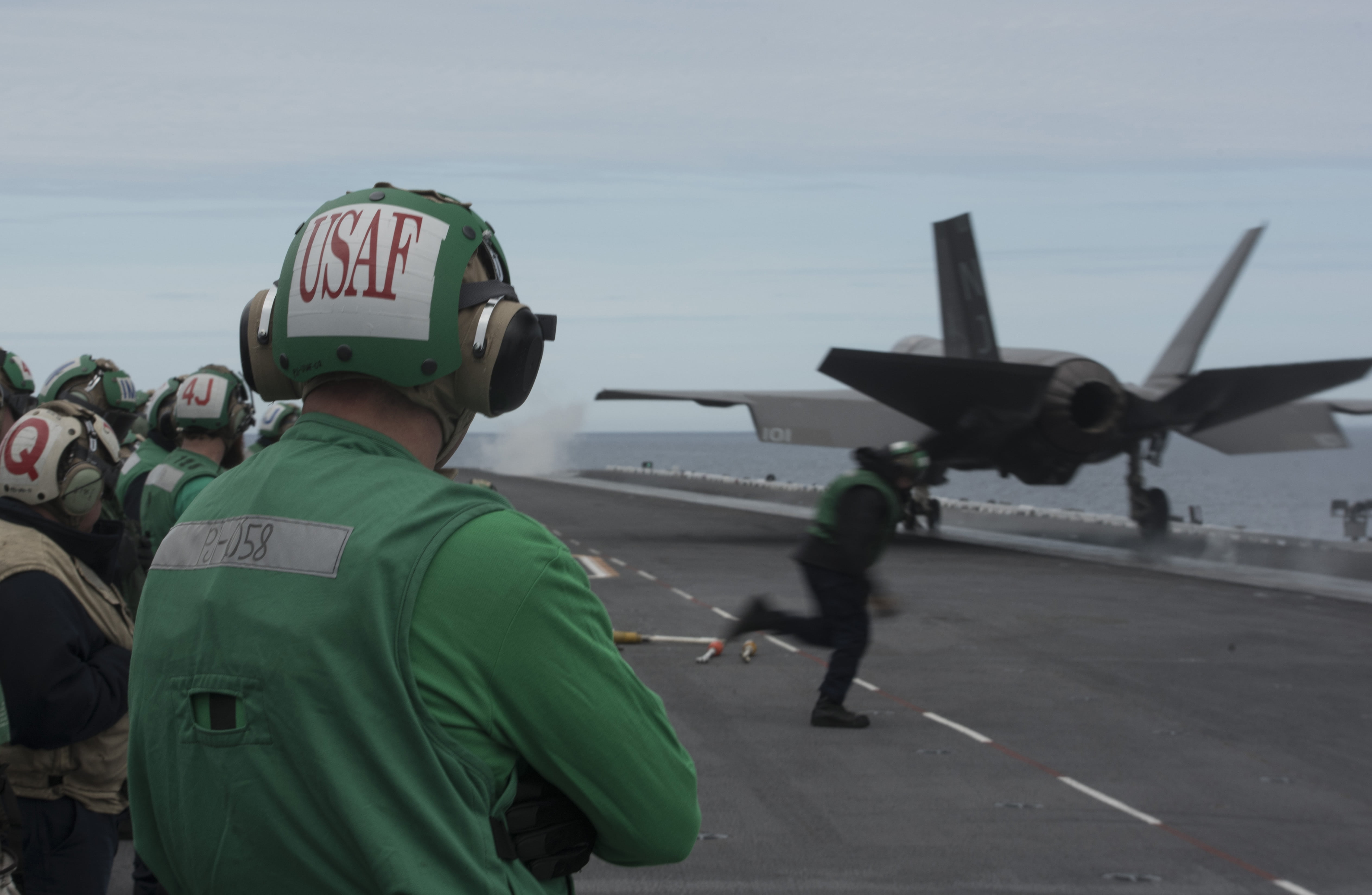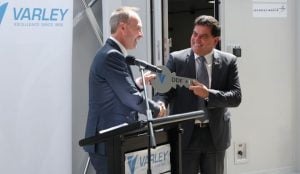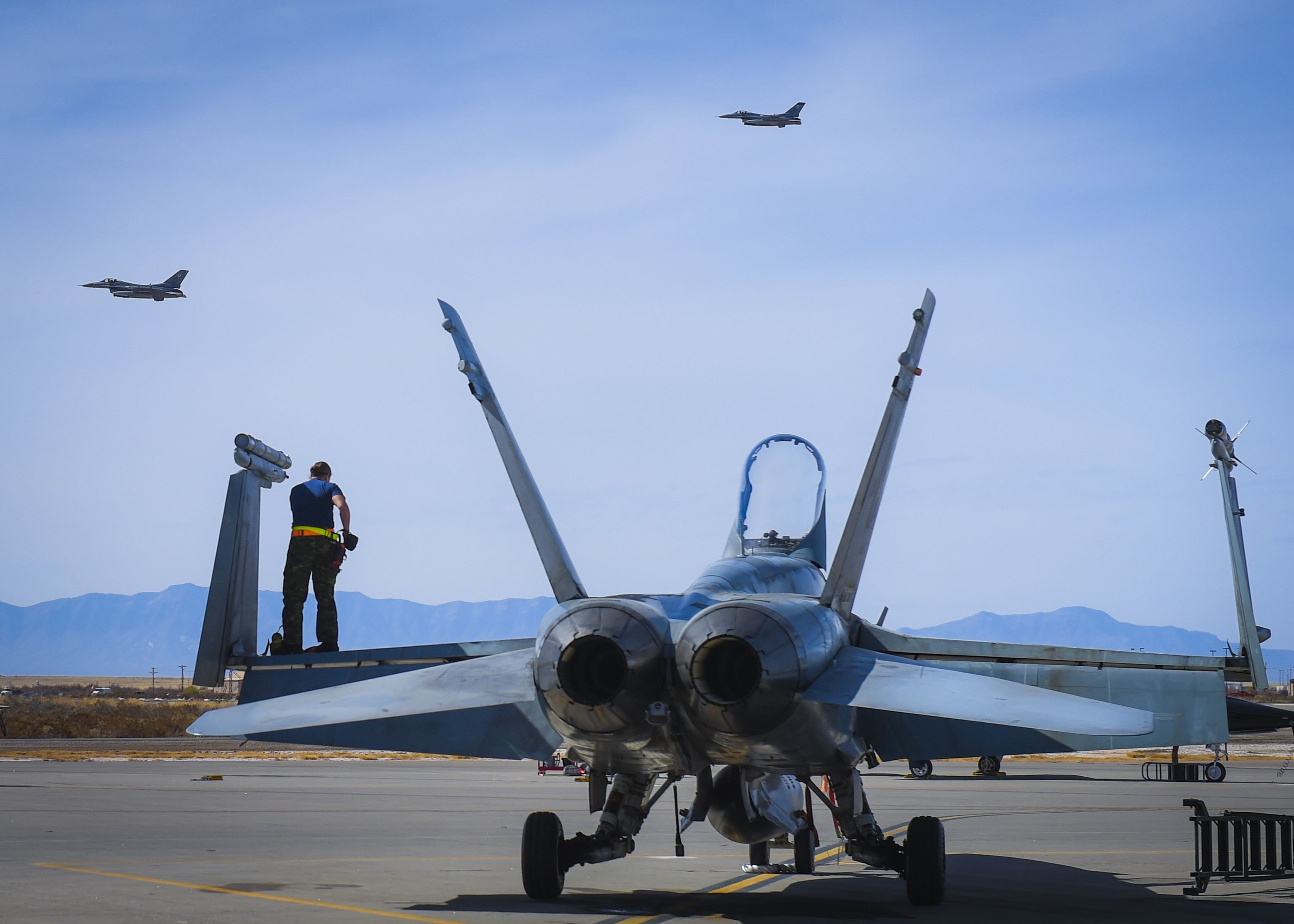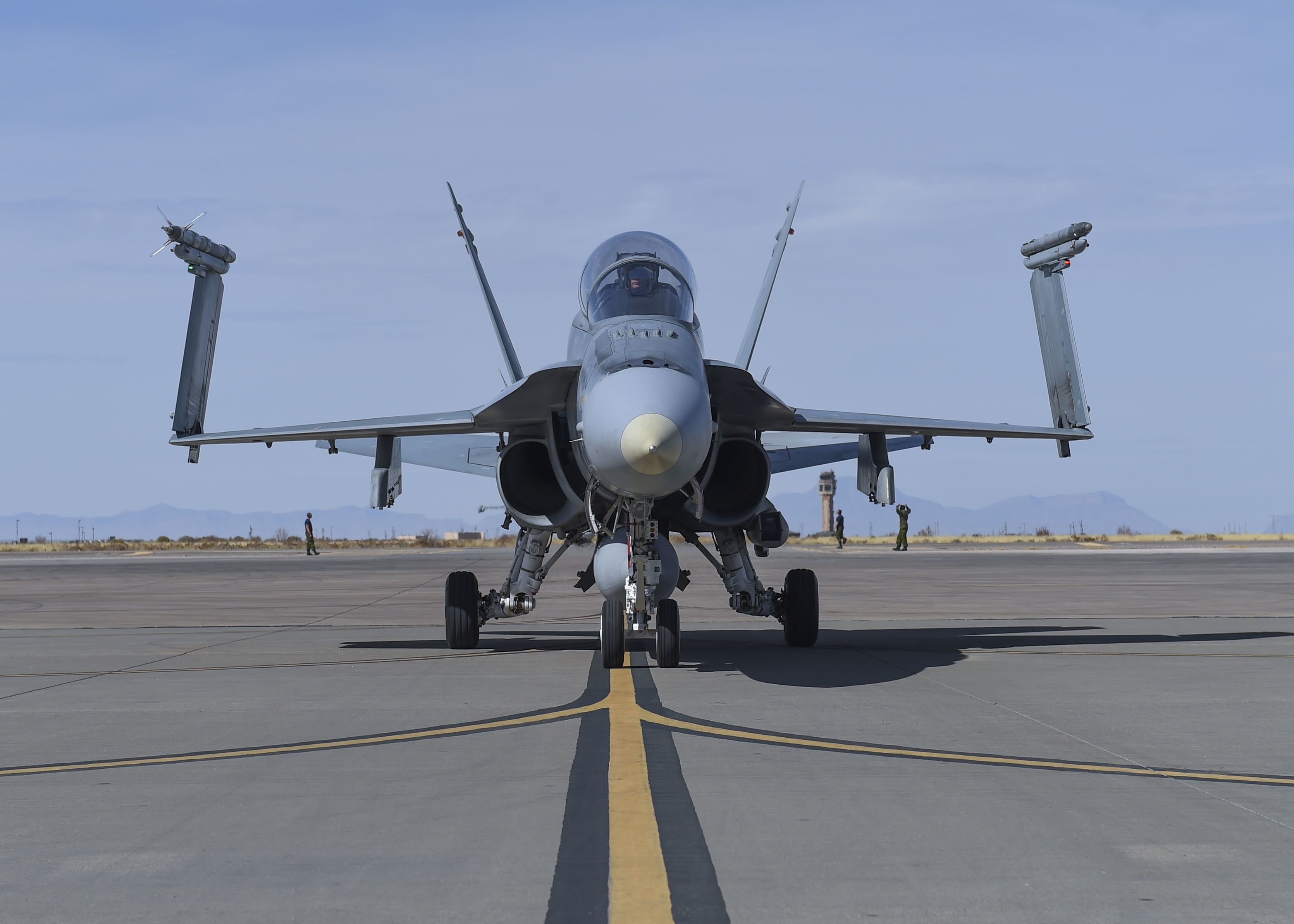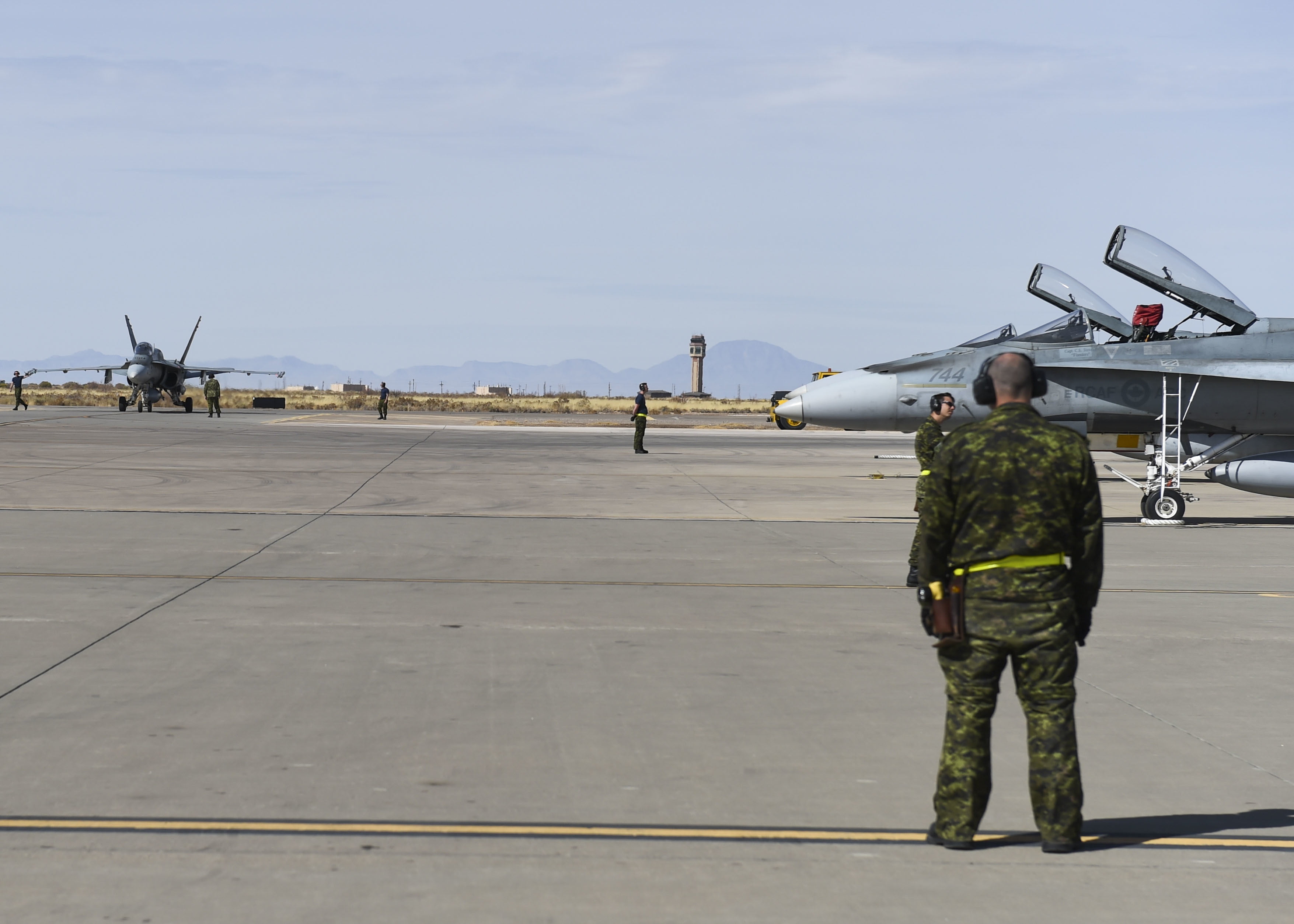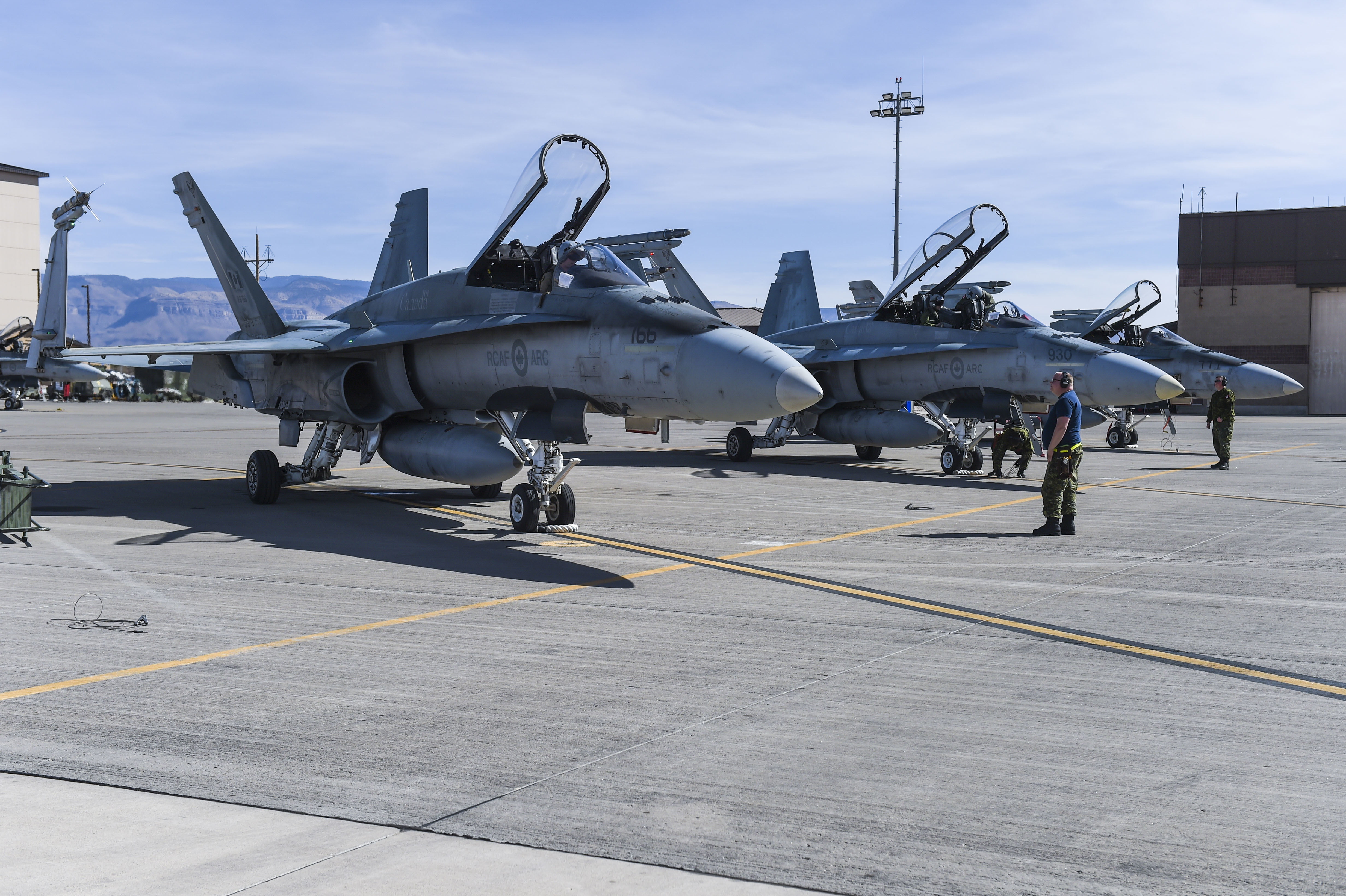Fort Sill, Oklahoma
The Second Line of Defense team is currently visiting Fort Sill to learn about the evolving approach to the Army’s Air Defense mission.
In February, an article published by Fort Sill highlighted the evolving mission set encompassed by the focus on integrated fires, reflecting the drive to shape a broader offensive-defensive enterprise for an evolving 21st century multi-domain combat force.
In recent weeks, the fields of Fort Sill were peppered with the typical sounds made by counter rocket artillery mortar. However, the unit conducting C-RAM were preparing for an atypical mission.
Soldiers in 2nd Battalion, 44th Air Defense Artillery are deploying to serve as a total fires integrated package under a field artillery division, 101st Airborne Division, with a field artillery battery attached to them.
“The C-RAM mission is expanding. Our formation was not big enough to encompass all the mission requirements for that. [Forces Command] recently attached a field artillery battery out of Fort Carson to us to make up the difference in what we need,” said Lt. Col. Ryan Schrock, 2-44th ADA commander.
The ADA Soldiers occupied Thompson Hill Range Complex to prepare for Operation Freedom Sentinel and Operation Inherent Resolve. Their augmenting unit, B Battery, 2nd Battalion, 77th Field Artillery, is currently going through new equipment training here to prepare for the C-RAM mission.
The Soldiers said their ADA/FA combined capabilities will be greater than one branches’ capabilities alone.
“The best defense is always a great offense. When you start doing the show of force — quick counter fire missions getting to that left of launch preventing defense from ever needing to play –it’s a pretty powerful concept,” said Capt. Mary Jocelyn, 2-44th ADA operations assistant.
Prior to their mission rehearsal exercise at Fort Sill, 2-44th ADA tested new sensor and shooter capabilities at Fort Campbell, Ky. There, they proved it was possible to have 101st Abn. Div. cannons firing off of 2-44th ADA’s sensors.
“As we detect [indirect fire] events we can almost simultaneously send over the point of origin data to field artillery through link integration and then they can almost near simultaneously react with a counter-fire mission,” said Jocelyn.
The unit has not only achieved the highest Objective-T rating to prove they are ready for deployment, but they did so with personnel who were not originally the right military occupation specialties to do it.
They took deployable Soldiers in their Headquarters and Headquarters Battery and Maintenance Company and re-trained them to become Land-Based Phalanx Weapon System operators or to Terminal High Altitude Area Defense operators.
“We routinely don’t have all the Soldiers we need to accomplish the mission. I have cooks I have supply sergeants, I have medics, I have all the MOSs in the Army that you can ever imagine manning our guns,” said Schrock. “They went through a series of new equipment training, they went through certifications and they’re as good at it and as effective as my 14 series Soldiers. It’s one team, one fight. And it works.”
Master Sgt. Kevin Peterson, 2-44th ADA operations sergeant major, had experience pulling Soldiers from different MOSs from past deployments.
“We had to figure out how to get a solution before big Army was going to come up with one for us,” said Peterson.
“I had a leader tell me several years ago, competence knows no MOS. And it still holds true to this day. If you take a motivated, intelligent and willing Soldier and give them the proper training and you have the right resources and the right plan going into it, you can really train anyone to do anything.”
The Strike Fear Battalion is not only leading the way on fires integration, but they are also setting the standard for female integration. B Battery was the first ADA unit to have a female C-RAM commander, Capt. Jamia Rowland. Her successor is also female, Capt. Christina Johnston. To add to that legacy of leadership, 1st Lt. Michelle Staude will be in charge of a forward operating base under Johnston’s guidance.
“We have amazing women warriors in our formations,” said Schrock.
Schrock added that in 2-44th ADA there are a higher number of female leaders compared to the rest of the Army.
“That’s not because it’s forced. It’s because they’re the right ones for the job and we’re better off because of it,” said Schrock.
Two-44th ADA is one of only two active-duty C-RAM units. Since their skills are in high demand it means they deploy almost every two years.
“I’ll be at 18 years next month and I’ll have 7 deployments between Iraq and Afghanistan,” said Peterson.
In a letter to the troops, Schrock echoed the numbers when he congratulated the Soldiers for their readiness efforts. He mentioned that since 2003 this will be 2-44th ADA’s eighth deployment.
When asked how they get through such a high operation tempo, Jocelyn said they make the most of their time with their families and they believe in their mission.
“Most people deploy to kill the enemy, but we deploy to protect the friendly forces. We make it so they can go to sleep peacefully at night. That’s the most rewarding part,” said Jocelyn.
FORT SILL , OK, UNITED STATES
02.14.2018
Story by Marie Berberea
Fort Sill Public Affairs


